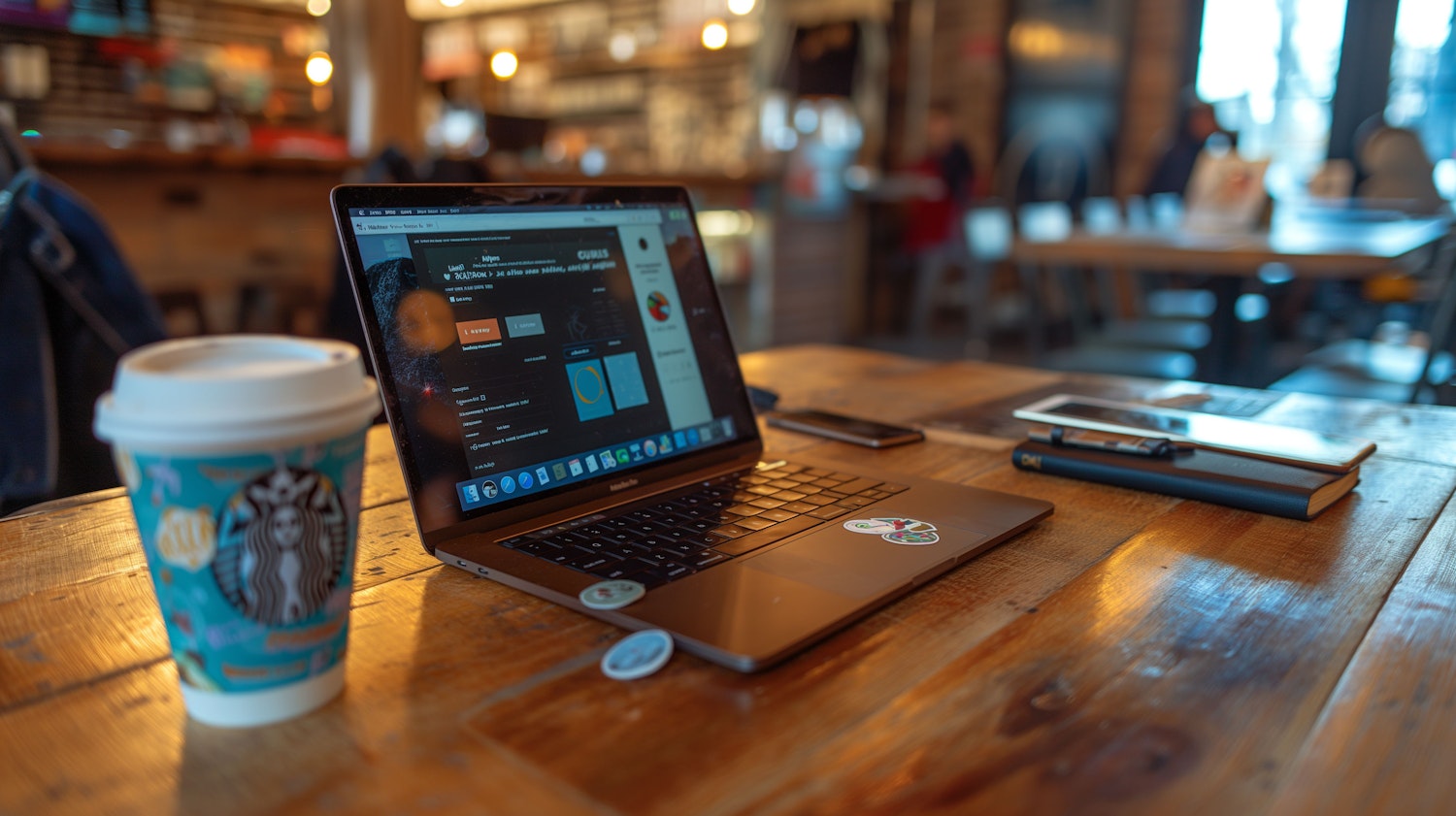How to Do Responsive Design
Introduction
Responsive design is a game-changer in the world of web development. Imagine having a website that looks perfect on any device, whether it's a tiny smartphone or a massive desktop monitor. That’s the magic of responsive design. But how do you achieve this? Let's dive in and explore the step-by-step process of creating a responsive website.
Understanding the Basics
What is Responsive Design?
Responsive design is a web development approach that ensures a site looks and functions well on all devices. It uses flexible layouts, images, and cascading style sheet (CSS) media queries to adjust the site’s appearance based on the screen size and orientation.
Key Principles of Responsive Design
- Fluid Grids: Uses relative units like percentages instead of fixed units like pixels.
- Flexible Images: Images scale with the grid layout to avoid breaking the design.
- Media Queries: Apply different styles based on the device's characteristics.
Setting Up Your Environment
Tools Needed for Responsive Design
To start with responsive design, you’ll need a few essential tools:
- Text Editor: VSCode, Sublime Text, or Atom.
- Responsive Framework: Bootstrap, Foundation, or Bulma.
- Browser DevTools: For testing and debugging.
Choosing the Right Framework
Frameworks like Bootstrap offer pre-designed responsive elements that save time and effort. They come with built-in classes and components that make it easy to create responsive layouts.
Flexible Grid Layouts
What are Flexible Grids?
Flexible grids use relative units to ensure your layout can adapt to different screen sizes. This approach allows elements to resize proportionally.
Implementing a Flexible Grid System
Here's a simple example using CSS Grid:
See the Pen Untitled by Sajeer Ali (@sajeer-ali) on CodePen.
Flexible Images and Media
Why Flexible Images are Important
Images that don't scale can break your layout on smaller screens. Ensuring that images are flexible allows them to resize within their containing elements.
Techniques for Creating Flexible Media
Use the following CSS to make images responsive:
See the Pen Use the following CSS to make images responsive: by Sajeer Ali (@sajeer-ali) on CodePen.
img { max-width: 100%; height: auto; }
Media Queries
Definition and Purpose of Media Queries
Media queries allow you to apply CSS rules depending on the device characteristics such as width, height, or orientation.
How to Use Media Queries Effectively
Here's an example:
See the Pen How to Use Media Queries Effectively by Sajeer Ali (@sajeer-ali) on CodePen.
@media (max-width: 600px) { .container { grid-template-columns: 1fr; } }
Fluid Typography
The Importance of Scalable Text
Text needs to be legible on all devices, so it's crucial to use scalable units like em or
rem for font sizes.
Methods for Implementing Fluid Typography
Example using rem units:
See the Pen Methods for Implementing Fluid Typography by Sajeer Ali (@sajeer-ali) on CodePen.
body { font-size: 16px; } h1 { font-size: 2rem; /* 32px */ }
Responsive Navigation
Designing Navigation for Multiple Devices
Navigation must be easy to use on both desktops and mobiles. Consider using hamburger menus for small screens.
Tips for Creating a Responsive Menu
Use a combination of CSS and JavaScript:
See the Pen Tips for Creating a Responsive Menu by Sajeer Ali (@sajeer-ali) on CodePen.
.nav { display: flex; flex-direction: column; } @media (min-width: 768px) { .nav { flex-direction: row; } }
Testing and Debugging
Tools for Testing Responsiveness
- Browser DevTools: Chrome, Firefox, and Safari offer responsive design mode.
- Online Tools: Use tools like BrowserStack or Responsinator to test on various devices.
Common Issues and How to Fix Them
- Viewport Not Set: Ensure
<meta name="viewport" content="width=device-width, initial-scale=1.0">is in your HTML. - Overflowing Content: Use
overflow: hiddento prevent content from spilling out of its container.
Best Practices in Responsive Design
Do’s and Don’ts
- Do: Test on real devices.
- Don't: Rely solely on desktop development.
Case Studies of Successful Responsive Designs
- Airbnb: Seamless experience across devices.
- Dropbox: Clean, adaptable interface.
Performance Optimization
Why Performance Matters in Responsive Design
A responsive site must also be fast. Slow-loading sites frustrate users and can lead to higher bounce rates.
Techniques for Enhancing Performance
- Optimize Images: Use formats like WebP.
- Minify CSS and JavaScript: Reduce file sizes for quicker loading.
Advanced Techniques
Using Flexbox for Responsive Design
Flexbox offers a flexible way to layout items:
See the Pen Advanced Techniques by Sajeer Ali (@sajeer-ali) on CodePen.
CSS Grid Layout for Complex Designs
CSS Grid provides more control for complex layouts:
Responsive Design for Different Platforms
Desktop vs. Mobile vs. Tablet
Each platform requires different considerations, from navigation to content layout.
Adapting Design for Various Screen Sizes
Use breakpoints to adjust your design:





0 Comments